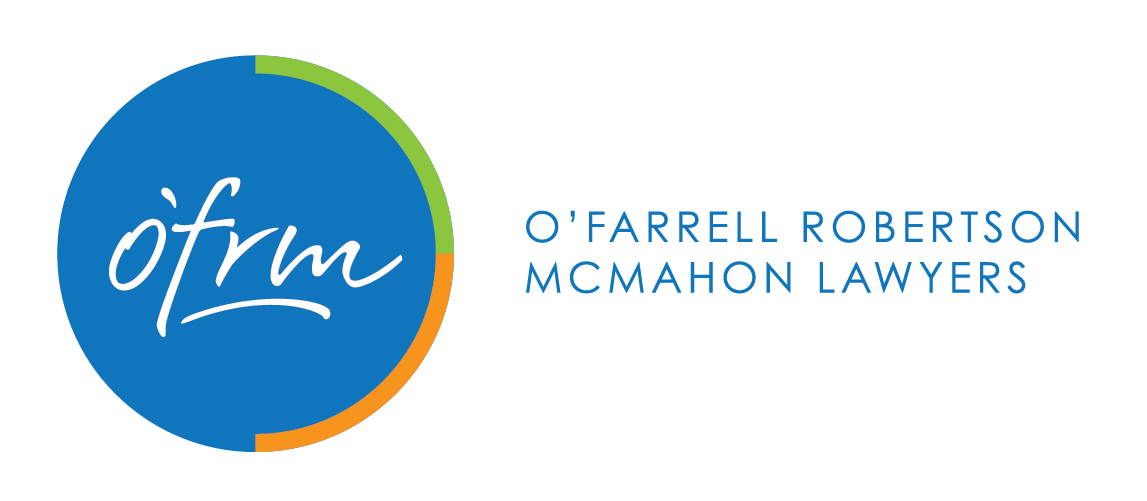SMSF – Should I have a company as trustee for my self-managed super fund?
A self-managed super fund (SMSF) is a special type of trust created and managed in accordance with superannuation legislation. As a trust, it requires a trustee to control and make decisions for the fund and ensure it complies with the super rules. For an SMSF there are two structure options:
up to four individual trustees
a corporate trustee (a company which acts as trustee for the fund).
The structure you choose may have a number of ongoing implications for administering your fund, the costs and the rules you need to abide by, and costs. As a result, it is important to understand and consider each structure carefully, before establishing your fund.
A corporate SMSF trustee
A corporate trustee is effectively a company that is set up to act as the legal trustee of the SMSF. There can be no more than four members of the SMSF and each member must also be a director of the company. They cannot be paid, nor can they be employees of another member of the fund, unless they are related. Under this structure, all fund assets registered in the name of the company. For example, is the SMSF owns property as an asset, the property will be help by the corporate trustee.
The benefits of a corporate SMSF trustee structure include:
it can be easy and more cost effective to add or remove members
legal ownership of assets remain with the company and do not change is a director or member is added or removed
there may be fewer problems for succession planning where you have two members and one passes away, as the remaining member can stay as the sole director of the trustee company
any applicable ATO administrative penalties apply to the corporate trustee, not each individual director.
Note, there cannot be a single individual trustee of an SMSF, in that case there must be a corporate trustee in place.
An individual SMSF trustee
Under this structure, trustees who are individual people and each trustee is a member (although some exception may apply for single member funds). There must be a minimum of two trustees and a maximum of four. Any assets of the SMSF are registered in the name of the individual trustees, but owned on trust for the members of the SMSF.
Some of the benefits of an individual trustee structure are that it can be cheaper to set up than a corporate structure and may be cheaper to run as there is no requirement to set up a company, with no ASIC fees. Further, there is no requirement to abide by company regulations.
On the other hand, there are some disadvantages to an individual SMSF trustee structure, including:
there must always be two trustees. This can be problematic for succession planning (e.g. if there are two members and one passes away).
there is a process and cost to add or remove members and change the ownership of assets.
having a combination of assets being owned individually and by individuals as trustees for the SMSF can easily lead to assets inadvertently being mixed, especially if a number of years pass or records aren’t well kept.
Declarations of trust may be required for certain asset types (e.g. property).
Applicable ATO administrative penalties apply to each individual trustee, which could result in penalties of up to four times that of a corporate trustee (one for each trustee).
Establishing an SMSF can provide more choice and control when in terms of managing your retirement wealth. However, the SMSF trustee structure should complements your overall financial goals. Before proceeding with your decision, you should consider:
The regulatory implications and applicable costs for each SMSF trustee structure
Which assets you will invest in (e.g. property or shares) as certain structures are better suited to different forms of investment.
What would the impact be is one trustees were to leave the fund or pass away?
Will you have other assets outside of your SMSF? If so, what protections are in place to protect these in case a claim is made against your fund? For an individual structure your assets outside of your fund are not protected from liability claims.
If you would like to discuss the structure of your SMSF, please contact one of our business lawyers, Siobhan Liston on 03 5445 1067 or Lachlan Edwards on 03 5445 1031.
